
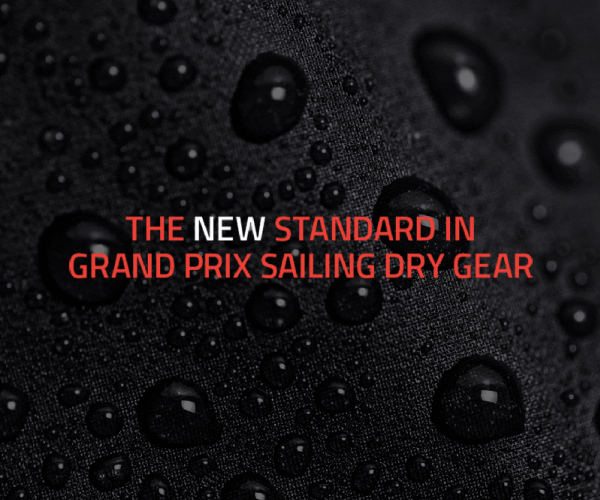
-(1)-202408140552.gif)


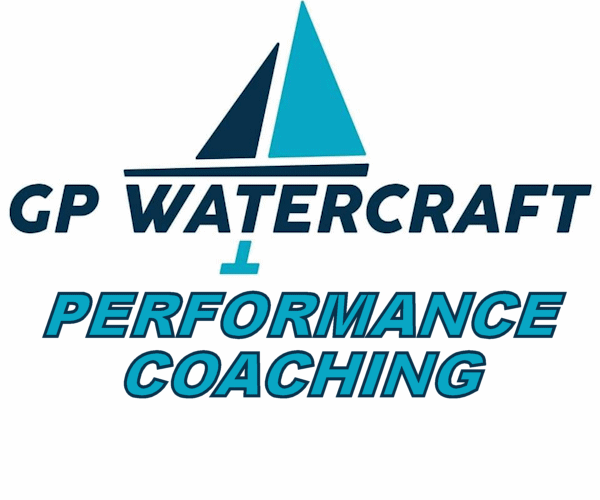

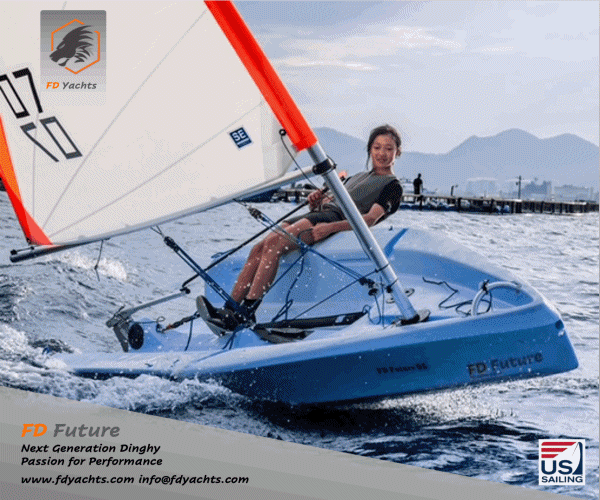

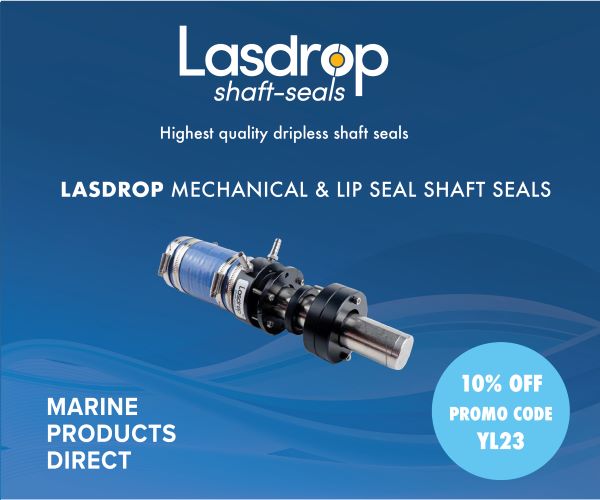



| Laser 140101 Tynemouth |
 |
| Laser 28 - Excellent example of this great design Hamble le rice |
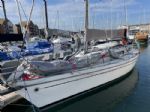 |
| Rossiter Pintail Mortagne sur Gironde, near Bordeaux |
 |
List classes of boat for sale |
Performance Factors |
Post Reply 
|
Page <1234> |
| Author | ||
English Dave 
Really should get out more 
Joined: 10 Aug 06 Location: Northern Ireland Online Status: Offline Posts: 682 |
 Post Options Post Options
 Quote Quote  Reply Reply
 Topic: Performance Factors Topic: Performance FactorsPosted: 21 Aug 07 at 10:49am |
|
|
Hang on, this is turning into a skiff-only thread! The reason the 400 is relatively good in the light airs is that it has an "old-style" hull-plan - one that compromises between displacement and planing sailing. In the light stuff it's hull is sufficiently hydrodynamic to cut the water better than a 4000. However, when the wind gets up a bit, its rounded aft section doesn't pop onto the plane as quickly as a skiff with a ultra-wide chined stern. Now all things are relative and the 400 has a more of a planing hull than, say, an Albacore. The amount of sail you carry is relatve to the righting moment you can produce. The most efficient sails are those with a high aspect ratio as they minise drag against lift. However, they also the least forgiving of inappropriate sheeting angle. The same is true for foils. Long skinny boards and rudders are the most efficient but you have to be moving fast for them to work. And they stall more easily than chubby centre-boards. Once you get your weight out-board on the wire, you are loading up the foils, forcing them to work harder and produce more lift. At that point a lighter craft will be more responsive. When you are in-board however, all-up weight of crew plus boat is what matters and a carbon tiller can be offset by a full bladder Catamaran's break most of the rules above as they are generally displacement-only craft. They go very fast for their length due to the narrow section of their hull which allows a higher hull-speed. However, their designs are now starting to look towards some element of a planing hull in their designs - I know this is true of the F18 Capricorn and there must be others. But, for the geeks amongst us, it's well worth looking at how the SCHRS cat handicap formula works. It's fairly reliable for all cats and shows where the emphasis of weight vs sail area vs hull length goes. Although SCHRS doesn't cover monohulls the laws of physics are the same so you should be able to get some idea of the importance of the various factors. The other good source for anyone wanting to bluff their way in marine architecture is "Sailpower - The Science of Speed" by Laurie Smith and Andrew Preece. Foiling boats like the Moth occupy the same sort of lack of compromise as the 12'. Dogs in displacement mode but lighting fast once up to the speed at which they are designed to sail. The problem lies in getting them to that speed and then keeping them there. Appologies if I have got anything wrong but I think it's generally correct. |
||
 |
||
JimC 
Really should get out more 

Joined: 17 May 04 Location: United Kingdom Online Status: Offline Posts: 6662 |
 Post Options Post Options
 Quote Quote  Reply Reply
 Posted: 21 Aug 07 at 11:19am Posted: 21 Aug 07 at 11:19am |
|
|
Cat Handicaps are far more predictable than monohull ones, and with wave drag so much less of an issue the parameters are quite different so I wouldn't spend too much time trying to relate the SCHRS factors for monohulls if I were you. Bethwaite is by far the best book, but he has a bit of a tendency to be over Sydney centric, and the book is rather out of date in some areas. To be fair though it was published in 1993, and much of it was probably written in the late 80s.
To call the 400 hull form "Old style" is unfair. Morrison has consistently evolved hull shapes down a very different route to the skiffs, concentrating as much as anything else on low wetted area, and he's phenomenally good at doing that. When I dialled the International Canoe he's recently drawn into the PC I couldn't believe how low he'd got the wetted area figure without much of a compromise on other factors. A very clever shape and a very clever designer, even if it isn't especially my choice of style of boat. Lawrie Smith has some ideas that are not altogether founded in the science, so I hope he mainly contributed his name to the other book and Andrew Preece did the work. |
||
 |
||
Scooby_simon 
Really should get out more 
Joined: 02 Apr 04 Location: United Kingdom Online Status: Offline Posts: 2415 |
 Post Options Post Options
 Quote Quote  Reply Reply
 Posted: 21 Aug 07 at 11:19am Posted: 21 Aug 07 at 11:19am |
|
|
Someone mention SCHRS
|
||
|
Wanna learn to Ski - PM me..
|
||
 |
||
English Dave 
Really should get out more 
Joined: 10 Aug 06 Location: Northern Ireland Online Status: Offline Posts: 682 |
 Post Options Post Options
 Quote Quote  Reply Reply
 Posted: 21 Aug 07 at 12:23pm Posted: 21 Aug 07 at 12:23pm |
|
|
As I think I alluded Jim, "old-style" is a relative term. As an assymetric boat with a fair amount of canvas th 400 is going to have to plane well to make the angles pay. However, its design is not as uncompromising as that of the skiffs. I only mentioned it because Redback had made the comparison between 400, 800 and 4000. I'm with you on Laurie Smith. Fortunately Andrew Preece seems to have done pretty much all the writing. You are right to say that cats are unrepresentative but then so are skiffs to that majority of boats that occupy the middle ground. Hull speed and the associated wave drag are dealt with differently, that's all. The skiff does it by overtaking the wave (planing) while the cat has such a high K-factor that wave drag is minimised. Cats have some advantage here in that they do not need the grunt to get onto the plane and so all their sails can be extremely high aspect. Once on the plane, however, the skiff is having to overcome a lot less drag to maintain its speed and sail efficiency rather than size is what matters. |
||
 |
||
mike ellis 
Really should get out more 
Joined: 30 Dec 05 Location: United Kingdom Online Status: Offline Posts: 2339 |
 Post Options Post Options
 Quote Quote  Reply Reply
 Posted: 21 Aug 07 at 12:55pm Posted: 21 Aug 07 at 12:55pm |
|
A what????? |
||
|
600 732, will call it Sticks and Stones when i get round to it.
Also International 14, 1318 |
||
 |
||
English Dave 
Really should get out more 
Joined: 10 Aug 06 Location: Northern Ireland Online Status: Offline Posts: 682 |
 Post Options Post Options
 Quote Quote  Reply Reply
 Posted: 21 Aug 07 at 1:25pm Posted: 21 Aug 07 at 1:25pm |
|
|
Bluffer's Guide? K-factor is somethin you get when you divide the waterline length by the max width of the hull and then possibly square-root it or something. For most monohull it is in the 1.3 - 1.4 range. For catamarans it is around the 5 mark. This determines the maximum hull speed, ie. the max speed a boat can go before she planes. K*Sqrt[LWL] is the max hull speed. You've taken me out of my comfort zone and rerquired me to elaborate. I have thus panicked and started to bulls**t. Sorry about that
|
||
 |
||
Merlinboy 
Really should get out more 
Joined: 03 Jul 06 Location: United Kingdom Online Status: Offline Posts: 3169 |
 Post Options Post Options
 Quote Quote  Reply Reply
 Posted: 21 Aug 07 at 4:30pm Posted: 21 Aug 07 at 4:30pm |
|
Ian, GPS is on our wish list at the moment, unfortunately maintaining the 14 has drained most of our funds - Well thats unfair as my mrs and daughter drain mine, and the boat drains Chars. I know what you mean about the commitee boat we just always seem to cross it, which proved messy at one point!! |
||
 |
||
tickler 
Really should get out more 
Joined: 03 Jun 07 Location: Tunstead Milton Online Status: Offline Posts: 895 |
 Post Options Post Options
 Quote Quote  Reply Reply
 Posted: 21 Aug 07 at 9:12pm Posted: 21 Aug 07 at 9:12pm |
|
|
Back in my youth, the fifties, I sailed pre R.C. model boats. Two of the classes then, A Class and 10 Rater had a waterline length/sail area ratio. Shorter boat more sail ect. This worked very well with different boats performing well in different conditions but on the whole longer boats were best. These boats had keels of course and this was displacement sailing but they would plane if given enough encouragement. Why do we not have very long very light dinghys which would be fast pre planing then fast planing? Or is weight needed to sink a long hull which would then not plane? It always seems strange to me that the longest coventional, non skiff, is the Javelin at 17' 7" we had one and they are very fast, PY 940 but do not plane easily. Why not longer? and forget all this "getting on the step" I am rambling a bit but I hope I am making sense!
|
||
 |
||
JimC 
Really should get out more 

Joined: 17 May 04 Location: United Kingdom Online Status: Offline Posts: 6662 |
 Post Options Post Options
 Quote Quote  Reply Reply
 Posted: 21 Aug 07 at 9:32pm Posted: 21 Aug 07 at 9:32pm |
|
Flying Dutchman? |
||
 |
||
Scooby_simon 
Really should get out more 
Joined: 02 Apr 04 Location: United Kingdom Online Status: Offline Posts: 2415 |
 Post Options Post Options
 Quote Quote  Reply Reply
 Posted: 21 Aug 07 at 10:07pm Posted: 21 Aug 07 at 10:07pm |
|
|
IC and AC ? |
||
|
Wanna learn to Ski - PM me..
|
||
 |
||
Post Reply 
|
Page <1234> |
| Forum Jump | Forum Permissions  You cannot post new topics in this forum You cannot reply to topics in this forum You cannot delete your posts in this forum You cannot edit your posts in this forum You cannot create polls in this forum You cannot vote in polls in this forum |
Copyright ©2001-2010 Web Wiz
Change your personal settings, or read our privacy policy











 Printable Version
Printable Version Delicious
Delicious Digg
Digg Facebook
Facebook Furl
Furl Google
Google MySpace
MySpace Newsvine
Newsvine reddit
reddit StumbleUpon
StumbleUpon Twitter
Twitter Windows Live
Windows Live Yahoo Bookmarks
Yahoo Bookmarks Topic Options
Topic Options
 !
!
 Seems to have worked though!
Seems to have worked though!